Affiliate links on Android Authority may earn us a commission. Learn more.
Why is Android Wear 2.0 taking so long to reach smartwatches?
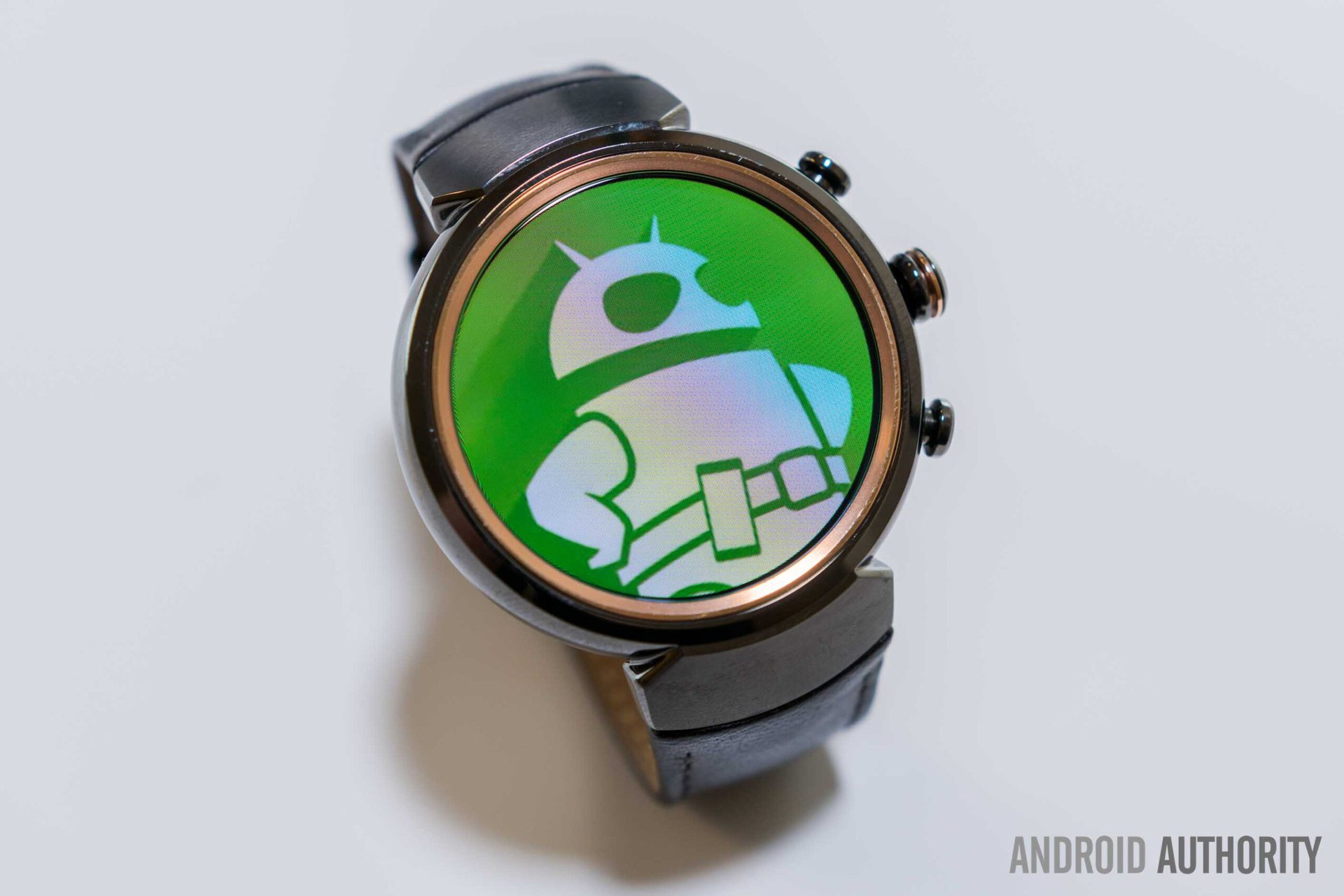
It has been a bumpy ride for the Android Wear 2.0 update rollout, with multiple stops and starts since its reveal at Google I/O 2016. What was, at first, an exciting prospect for fall 2016, was later delayed until the following year. Softening this blow was the subsequent news that the update would hit most of the Android Wear catalog — all but a few of the Android smartwatches that had ever come to market would be upgraded. Anticipation rose once more before the software finally arrived in February 2017.
Or finally arrived to some smartwatches.
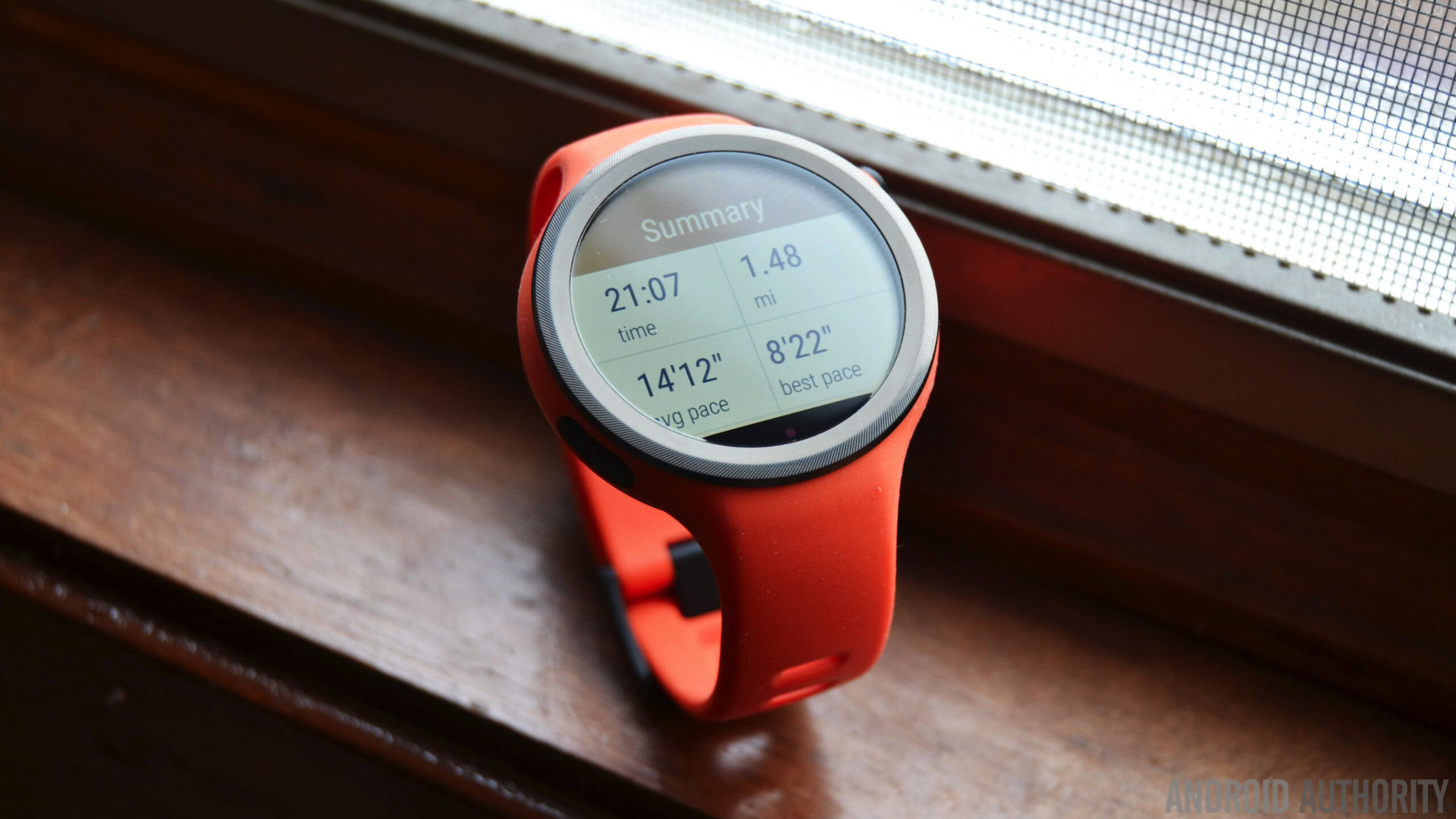
The Android Wear 2.0 rollout has now been ongoing for almost five months and, as it stands, has landed on all but four of its intended devices. These are: the Moto 360 Sport, LG Watch Urbane 2nd Edition LTE and ASUS ZenWatch 2 and ZenWatch 3.
Most recently, ASUS announced that the Android Wear 2.0 update would hit the ZenWatch 3 on July 11 and ZenWatch 2 between July and August. Last we heard on the LG Watch Urbane 2nd Edition LTE was that it was coming early May, while the Moto 360 Sport hasn’t been given a timeframe.
While we don’t know what’s happening behind closed doors with regards to the update rollouts, we can speculate on the situation.
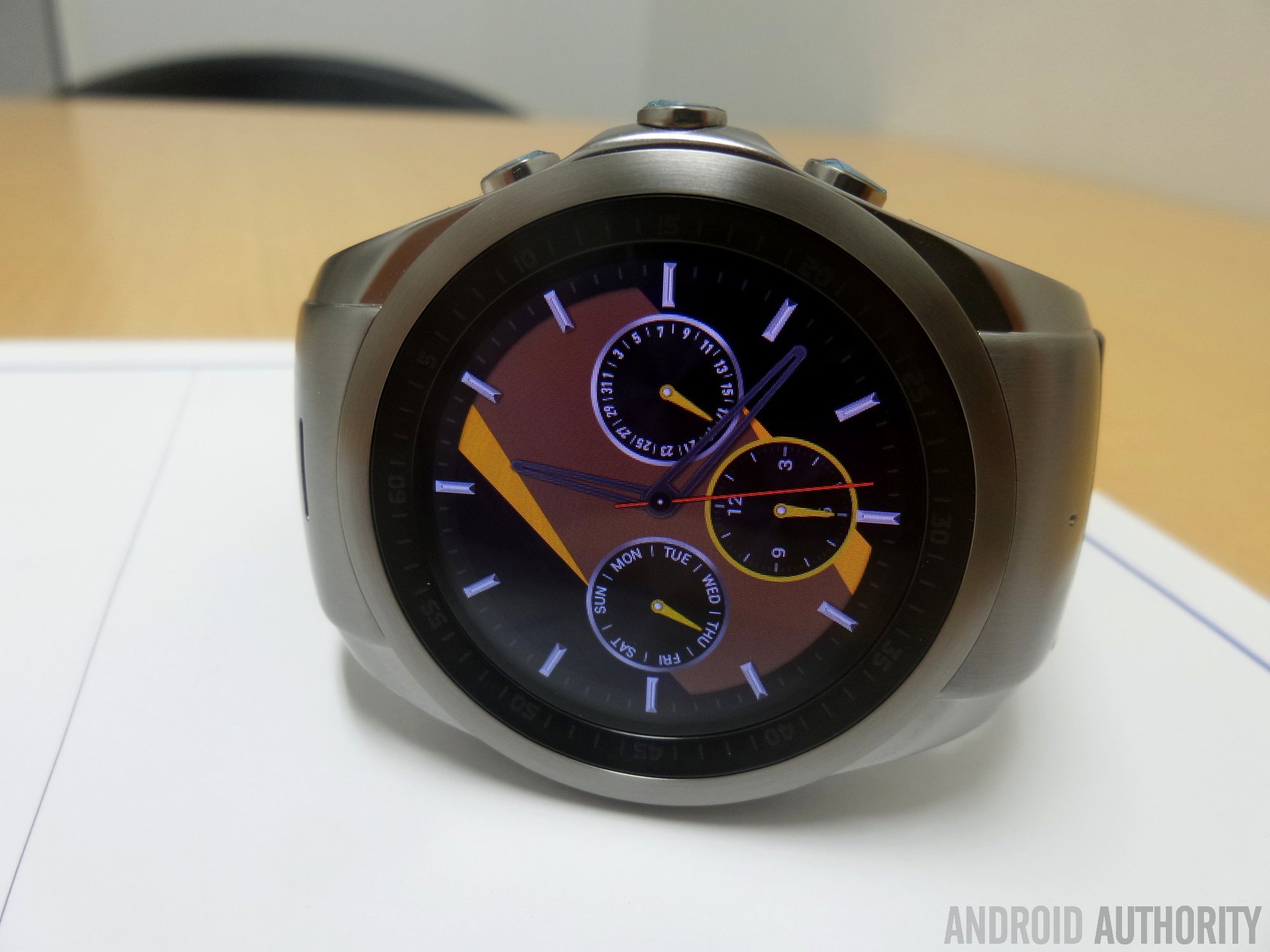
Why is Android Wear 2.0 taking so long?
In theory, one could expect that it’s easier to deliver an Android Wear update than it is to deliver a smartphone update. Smartphones have a wider range of functionality and hardware meaning more variables when it comes to updating them. Android Wear is also a lot more “stock” than your average smartphone skin.
That said, each smartwatch can come with its own custom watch faces, menus, hardware features and/or exclusive apps. Some watches have a crown, some have cell network support, some have a GPS etc. In other words, different watches are going to require a different amount of work when updating them. Android phone software has also been around a lot longer than smartwatch software — so developers will naturally be more familiar with the former.
Although the ASUS Zenwatch 3 is the latest ASUS smartwatch, it still won’t be as important to the company as its phone lineup.
Then there are simple manufacturer priorities. For example, manufacturers often can update a 24 month-old smartphone with new software, but if it has already received two updates they have no reason to do so — it’s just accepted that they won’t issue more than two major updates. Instead, they prefer to focus on their latest hardware products.
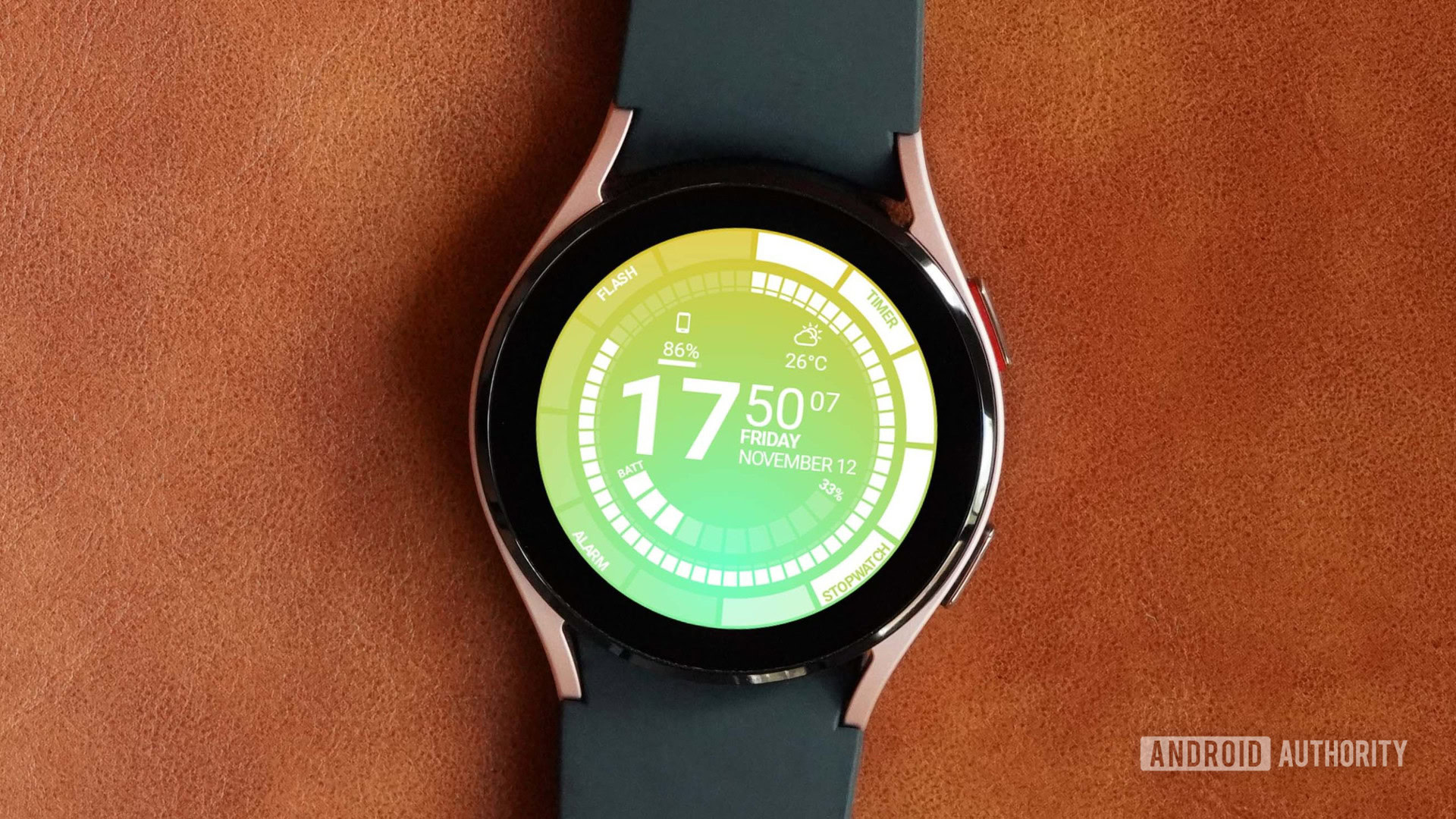
Smartwatches, ostensibly, aren’t as big a priority as smartphones for a manufacturer because they will sell far less of them. This is also why tablets get updated far less frequently than phones. To put watches in perspective: although the ASUS Zenwatch 3 is the latest ASUS smartwatch, it still won’t be as important to the company as its phone lineup. What’s more, rather than have a large dedicated team that’s always working on smartwatch software, smartwatch updates are handled by a much smaller pool of devs, devs who likely move from project to project. Once again, resources are understandably allocated to the highest priorities, leaving smartwatches on the back burner.
This is not to excuse waiting so long for updates, only to try to shed light on possible reasons why we’re still waiting.
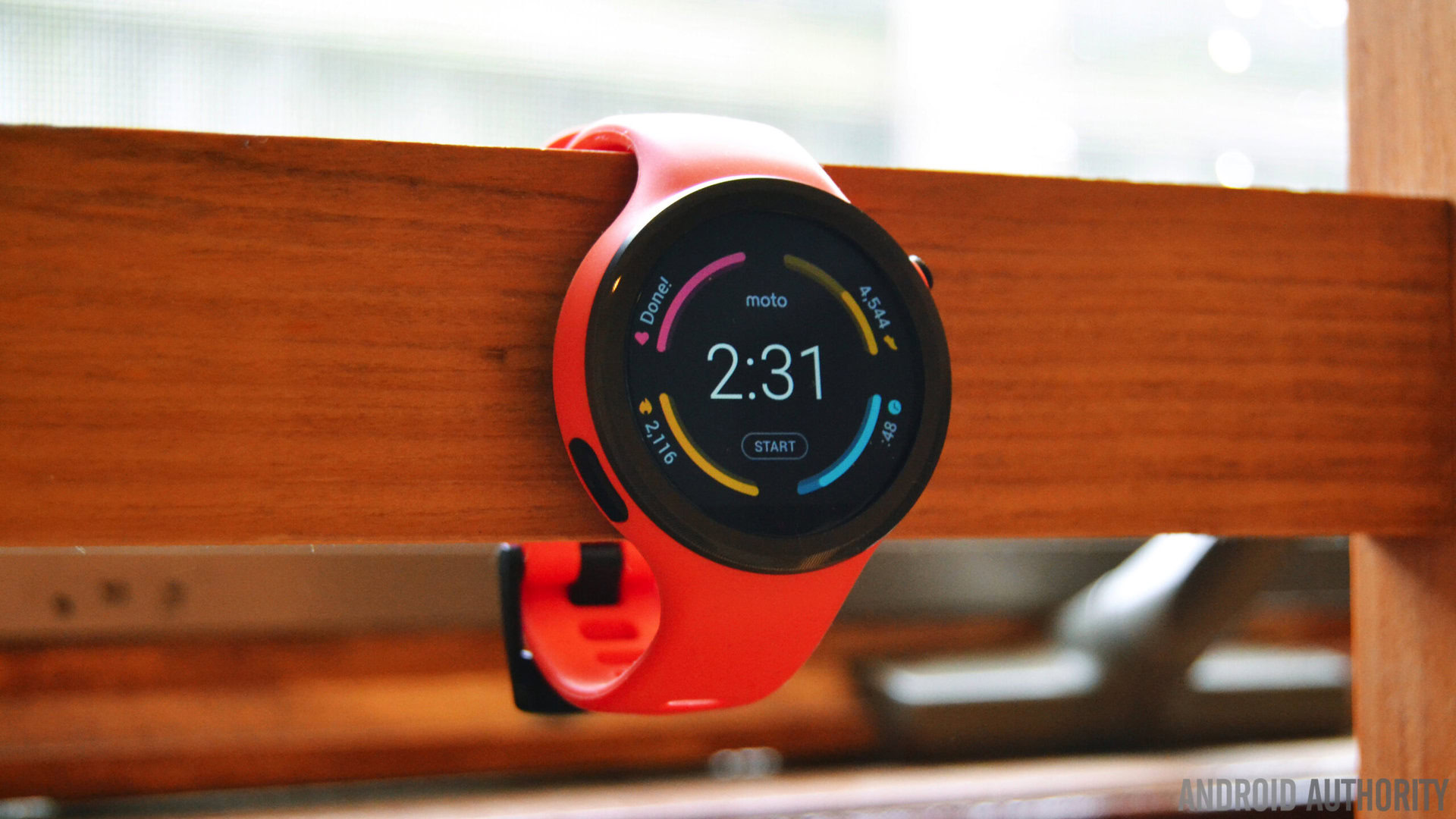
Then there are simple concerns over delivering a stable, high-quality product. Android Wear 2.0 is has led to many disappointed fans and unsolved issues. You could understand manufacturers hesitating to push out unfinished software to appease fans — despite that it’s something of an expectation now with new software releases.
What do developers say?
I consulted with some Android Wear developers when writing this to see if they could offer any thoughts on what it was like moving from Android Wear 1.x to 2.0 and received conflicting ideas. Some said that certain systems made it easier to develop for the platform (i.e. manufacturers don’t have much of an excuse for spending months on it), while others said that Google had ultimately botched the software.
The folks at Pujie said, “I don’t think developing for Android Wear 2.0 is more complicated than for Android Wear 1.0. The complication system makes it possible to quickly gather a set of interesting data sources to display on a watch face and the option of standalone makes it possible to leave out a phone app altogether,” adding, “in many cases, it might be even easier.”
DeNitE! Appz, on the other hand, said, “Android Wear 2.0 is definitely a lot more involved […] than previous versions – especially when it comes to complications as there are so many different scenarios that can arise.”
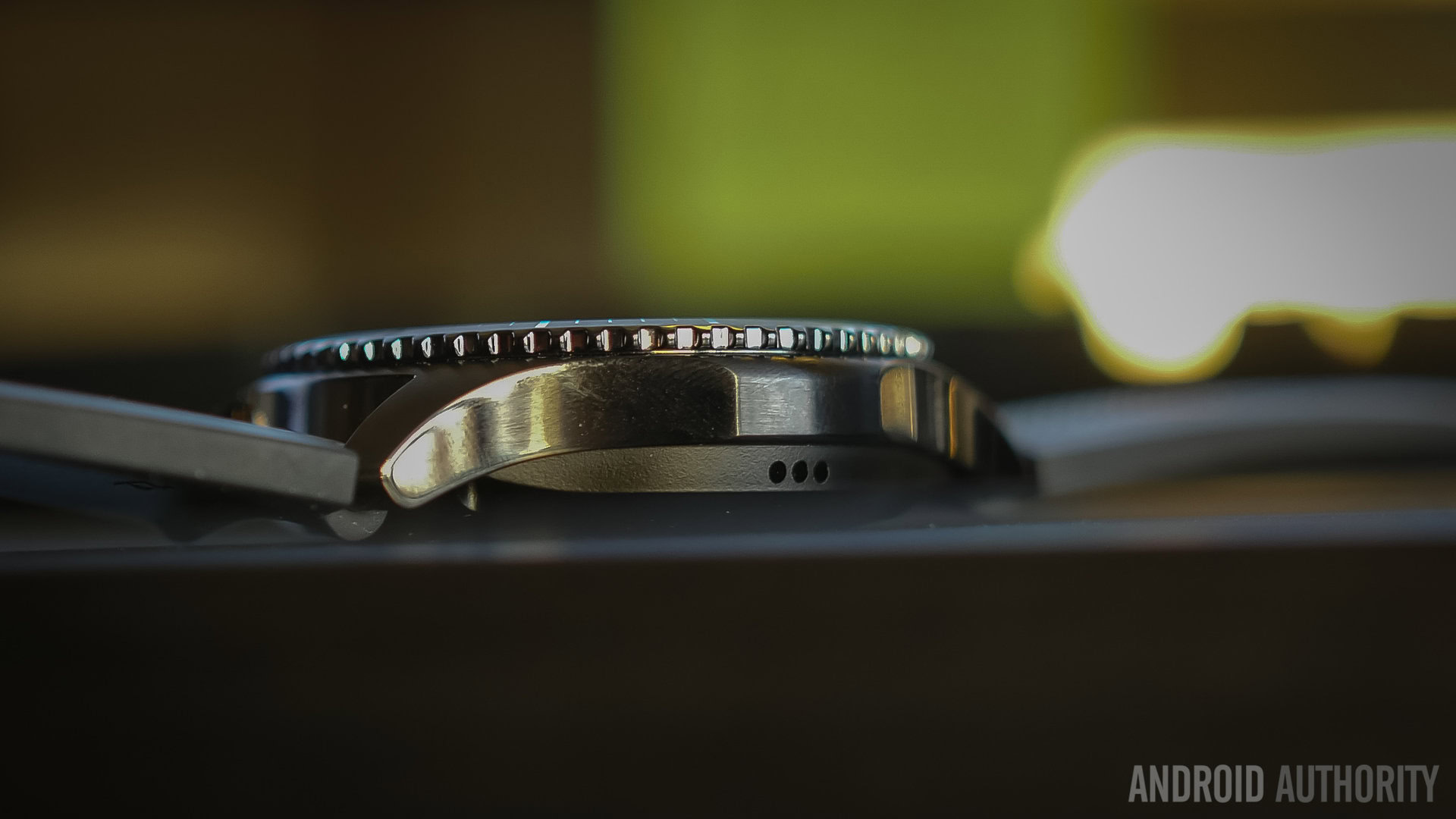
The complications API that both devs refer to is one of the major changes in Android Wear 2.0. This allows a smartwatch to pull data from a phone — like the battery level, or the current song you’re listening to — and then display it on the watch. Basically, it should allow for a convenient way to pull certain information without requiring a lot of extra, specific code.
“The complications system is a brilliant idea, but the execution is horrible,” said Simon Barke, creator of the Krona Sunlight Watchface. “No way to set standard complications for your watch face. No way to configure complications from a companion app. No way to select a specific complication type if there are multiple types accepted by the slot and provided by the complication.” These were just some of his complaints.
There is so much that needs to be addressed by Google for a 2.1 update.
While it doesn’t explain why it takes some manufacturers weeks to upgrade their watches to Android Wear 2.0 and others months, the general impression I got is that the software wasn’t in a good state when it was released and that Google isn’t particularly concerned (Simon also directed me to this issue tracker which was started in the beta phase last year and has only just been answered).
“Android Wear 2.0 seems like the developers at Google got frustrated with all the negative beta feedback (there was a ton that eventually delayed the release) and just settled for a half ready product,” said Simon, adding “there is so much that needs to be addressed by Google for a 2.1 update.”
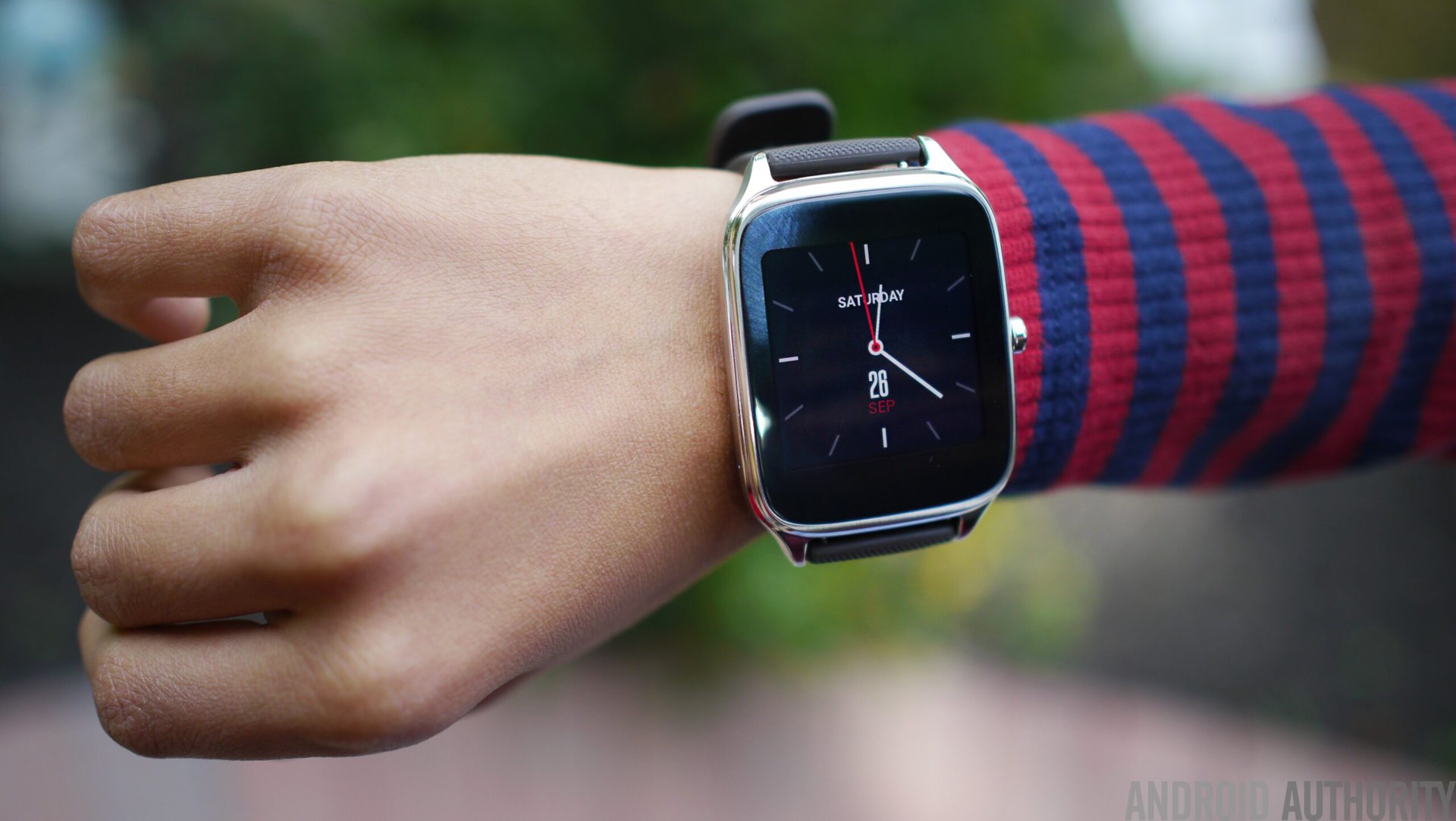
What do the manufacturers say?
I reached out to the manufacturers yet to update their watches and only Motorola replied at the time of publication, stating:
We continue to support our watches and have been upgrading Moto 360 (2nd Gen) to Android Wear 2.0 since the Spring.
Nearly half a year after Android Wear 2.0 launched, and after many months of developer previews before that, Motorola hasn’t updated the Moto 360 Sport to Android Wear 2.0. But hey, worry not, because a device we never asked about received the update in the Spring(!)
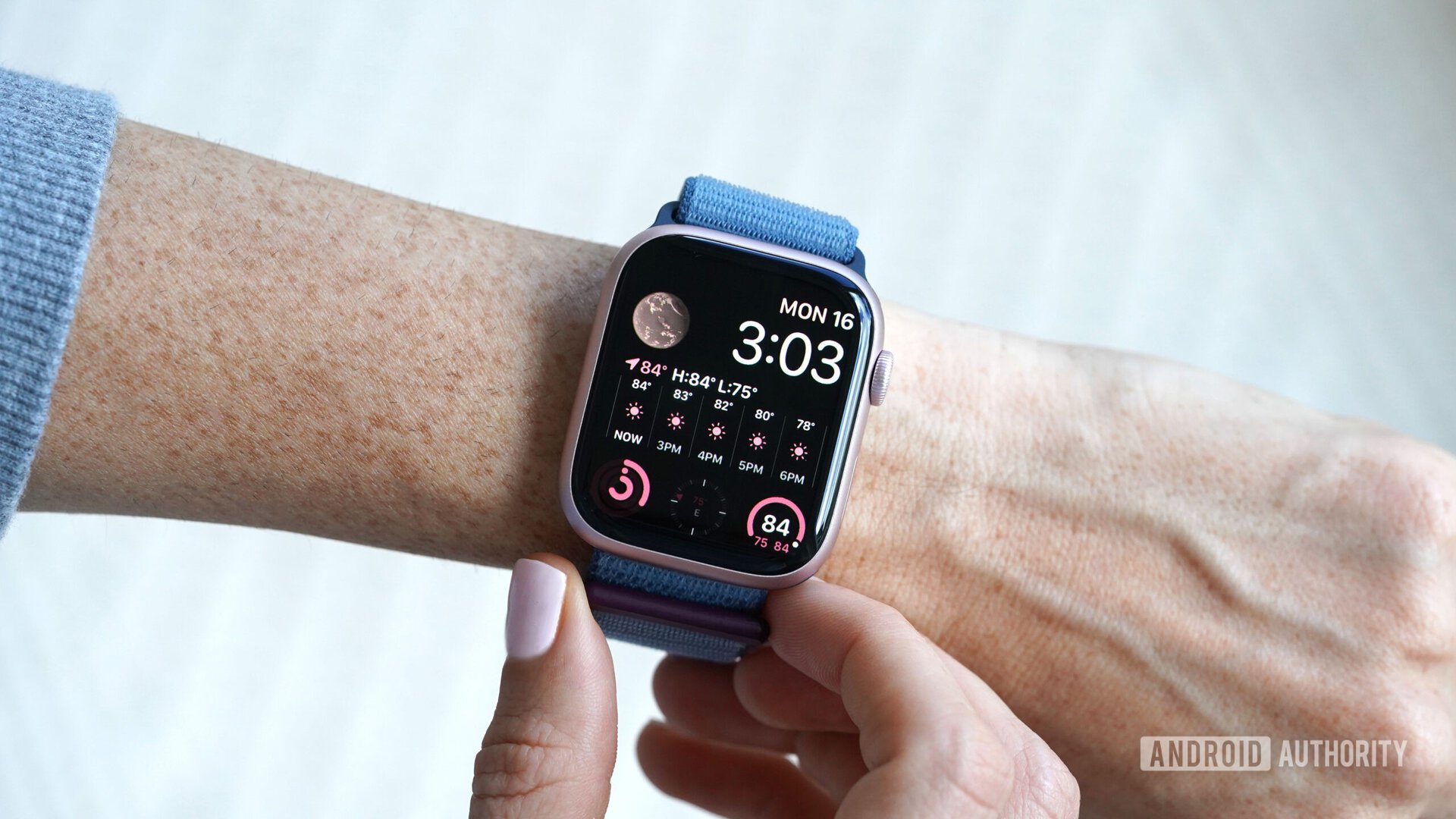
This kind of response is, in some ways, emblematic of the current update situation. OEMs want to avoid offering a timeline that they can be held accountable to (in the consumer’s interest or not) and would prefer we focused on other devices in their catalog.
Unfortunately, there’s no telling how much longer we could be waiting for these updates and we have no way of speeding things up. In the meantime, you can check out what you’re missing out on in Android Wear 2.0 at the link. We’ll update this article with any new information should LG or ASUS respond to our questions.